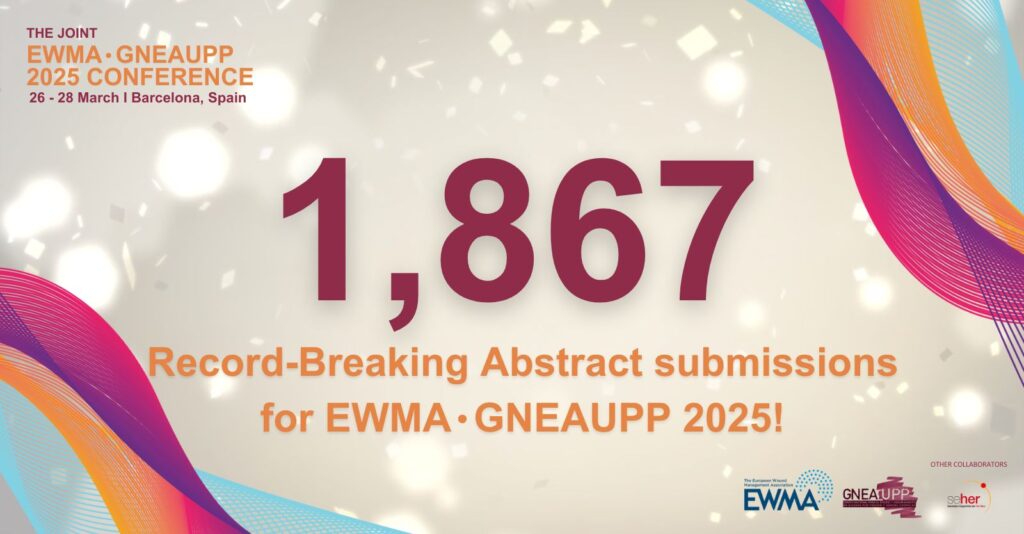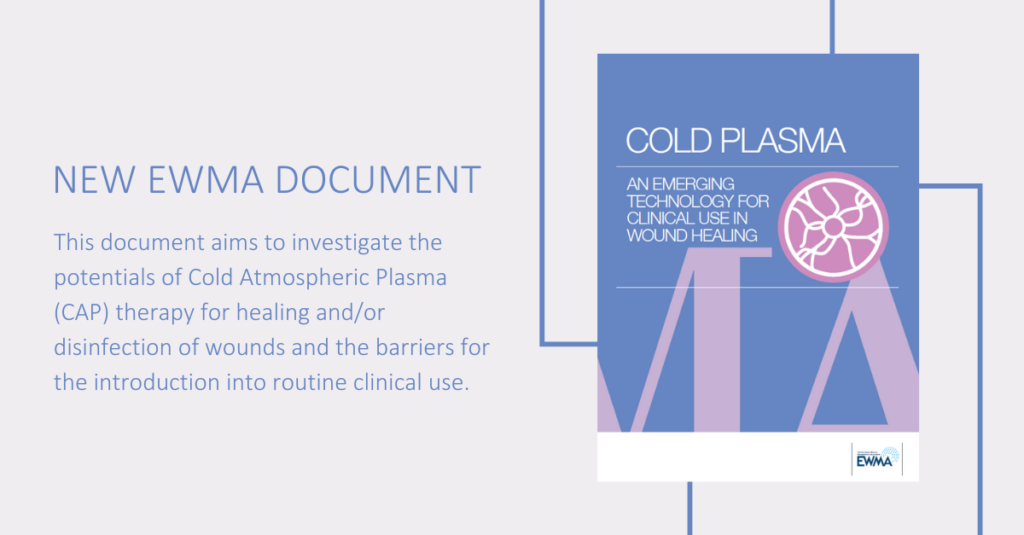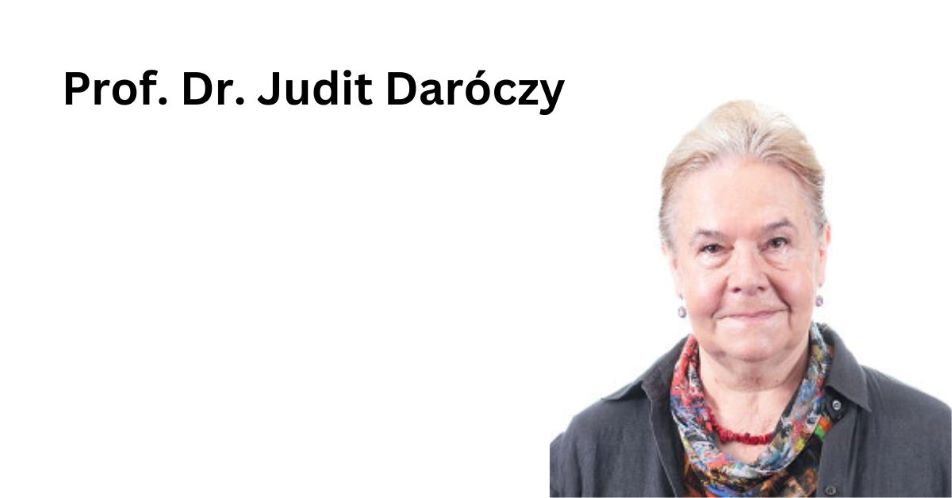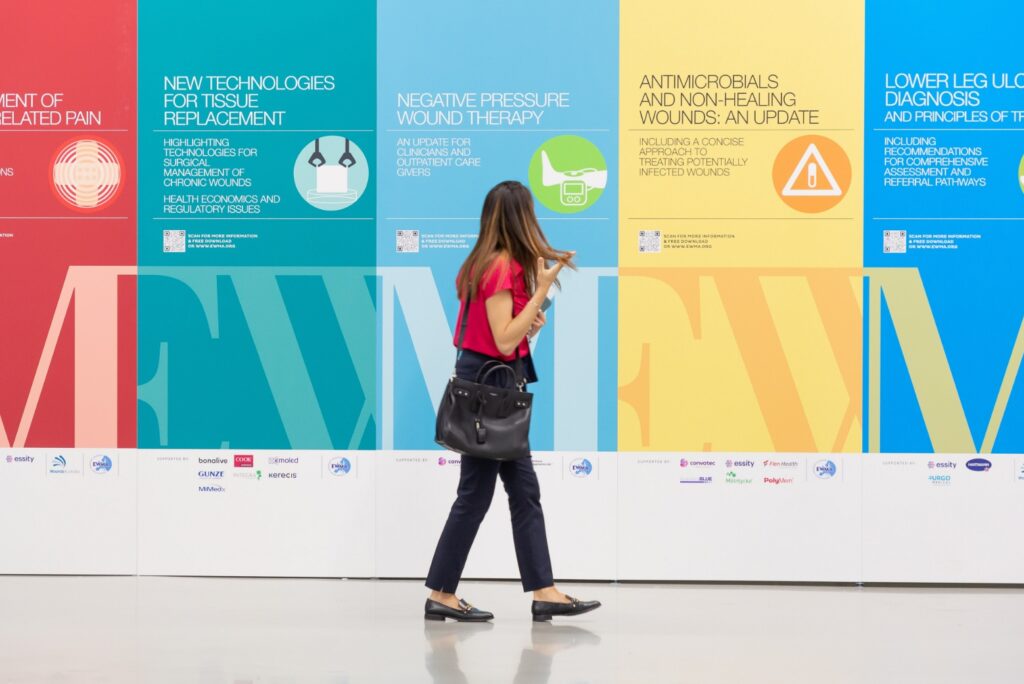Researchers are using innovative technology to tailor wound dressing to patients.
With the rapid evolution of 3D printing technology using a wide array of materials, a team of scientists are now working to incorporate the technique into wound care. They want to create wound dressing that is specifically tailored to the patient, with the aim of easing the healing process and potentially cutting healthcare costs.

This project – FORCE REPAIR – is funded by the European Union’s “Horizon Europe” funding programme for research and innovation. FORCE REPAIR involves collaboration between 14 partner organisations from across Europe, including universities, research institutions, private companies and the European Wound Management Association (EWMA).
Heading the project is Dr Damien Dupin, head of the Biomaterials Unit at Cidetec Nanomedicine in Spain. According to Dr Dupin, the partners in the FORCE REPAIR consortium want to address three main problems related to chronic wounds:
“The patient cannot heal because of bacterial infection, which leads to inflammation, after which the wound tends to open more and more. So, we are trying to tackle these three problems.”
Dr Dupin explains that to address these three problems, they combine three layers of biomaterials: one material with antibacterial properties, another which is anti-inflammatory, whose purpose is to reduce inflammation and a material that boosts regeneration. These layers are then positioned in “strategic places”, Dr Dupin explains.
By scanning the wound, these three layers can be tailored to individual wounds, as they are 3D printed in the exact shape required and, thus, placed to achieve optimal healing.
When the 3D printed dressing is in place, “We will perform a treatment using UV light which makes the material retract a bit and help close the wound,” says Dr Dupin.
This is where the name of the project comes from. Basically, the material is used to slowly force the wound to close, accelerating the healing process.
The research is still in its infancy, so a great deal remains under development, and there is a long way to go; however, there are high hopes around the impact of the technique, not just in relation to the healing process.
Apart from efficient and comfortable healing, another aspect of the FORCE REPAIR technology is the potential for a considerable reduction in the costs associated with wound care. One reason is that the aim is for the dressing to last longer.
“In terms of the cost for the healthcare system, we really hope that the dressing can last longer than the options available now. We are not talking about months, but if it can at least last a couple of weeks, we are going to be quite happy because we will be able to minimize nurse visits, patient hospitalization as well as the time the patient needs to be in bed,” Dr Dupin says.
To achieve the benefits of lower costs, it is also important that the technique is easy to use.
“Although it can all sound like a very complicated product, at the end, we want to manufacture it in a way that the nurse is basically getting the printed dressing, putting it on the wound, performing a minor treatment with the UV light and putting a plaster on top – and that’s all,” says Dr Dupin.
To learn more about the FORCE REPAIR project visit www.forcerepair-wounds.eu.

Dr Damien Dupin, head of the Biomaterials Unit at Cidetec Nanomedicine, is heading the research team at the FORCE REPAIR project.
